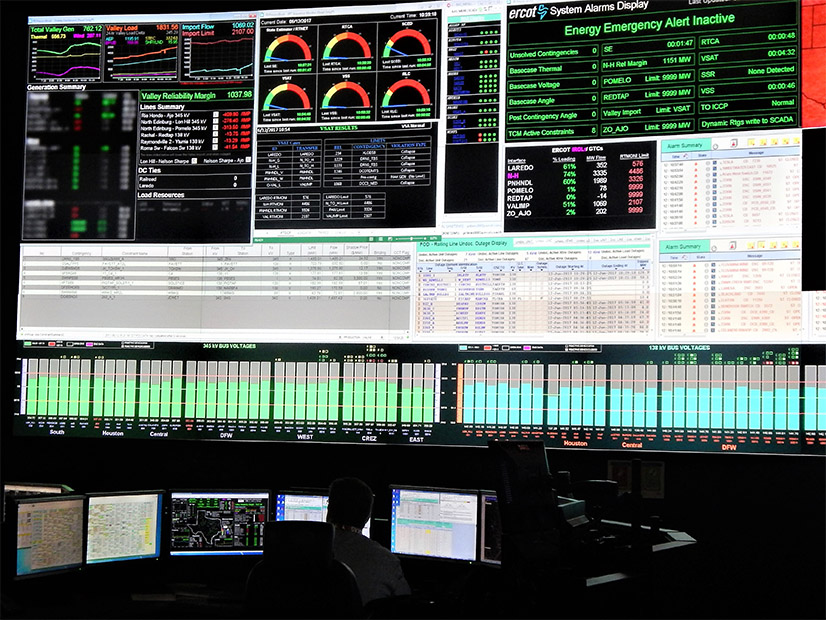
AUSTIN, Texas — ERCOT has wasted no time in putting its new emergency communications system to use, issuing its first weather watch Tuesday ahead of triple-digit temperatures that are expected to smash existing demand records.
The watch, an early public notification of a weather forecast that signals high demand, begins Thursday and extends through June 21. The ISO says grid conditions are normal, but the weather conditions and expected demand will mean lower operating reserves.
The National Weather Service is forecasting triple-digit temperatures across much of the state during the waning days of spring, with highs of 103 F in Austin. Humid conditions Wednesday pushed the heat index to 112 F in Corpus Christi and 115 F in Brownsville.
ERCOT’s new six-day forecast projects demand will reach 81.3 GW on Friday and then hit 83.2 GW on June 20. Both marks would break the record of 80.14 GW set last July. The ISO set 11 peak records last year as it exceeded pre-summer expectations by more than 2.6 GW.
“Ah, it’s the summer crisis season,” cracked one attendee at the Edison Electric Institute’s annual meeting in Austin.
The grid operator’s final seasonal assessment for the summer forecasted a summer peak of 82.7 GW, assuming typical summer grid conditions. (See ERCOT, PUC Repeat Call for Dispatchable Generation.)
ERCOT expects to have about 90 GW of available seasonal capacity during much of the weather watch. Solar capacity has nearly doubled from last year, from 8.66 GW to 16.85 GW. Energy storage capacity has also grown since last summer, from 1.29 GW to 3.29 GW.
CEO Pablo Vegas said staff will closely monitor conditions and “deploy all available tools to manage the grid.”
The weather watch is part of a new communications strategy resulting from reliability concerns following the 2021 winter storm. (See “New Grid Notifications Added,” ERCOT Monitor Recommends New Market Design in Report.)
Meteorologists are predicting an El Niño climate pattern this year. El Niños are marked by warming surface water temperatures in the Pacific Ocean that tend to raise temperatures. They often also bring more rain to the southern U.S.
New Ancillary Service Product
The Texas grid operator last week added a new daily procured ancillary service to its suite of products for the first time in 20 years — the ERCOT contingency reserve service (ECRS).
ERCOT said it has procured an average of 2,073 MW of ECRS per hour at an average price of $25.26 MWh since June 10. It says the product is necessary because load and generation are constantly changing due to daily load patterns, instantaneous load variation, changes in intermittent generation output, and generators tripping offline.
ECRS offers capacity that can be sustained at a specified level for two consecutive hours. It will be deployed to restore frequency within 10 minutes of a significant deviation; to compensate for intra-hour net load forecast uncertainty when large amounts of online thermal ramping capability are not available; or when limited capacity is available for dispatch.
ERCOT began procuring the service on June 10, fulfilling a directive from Texas regulators to improve grid reliability. (See ERCOT Technical Advisory Committee Briefs: May 23, 2023.)
“As summer temperatures begin to rise across Texas and with high demand forecasted, we will continue to use all operational tools available, including implementation of new programs like ECRS,” Vegas said in a statement.


